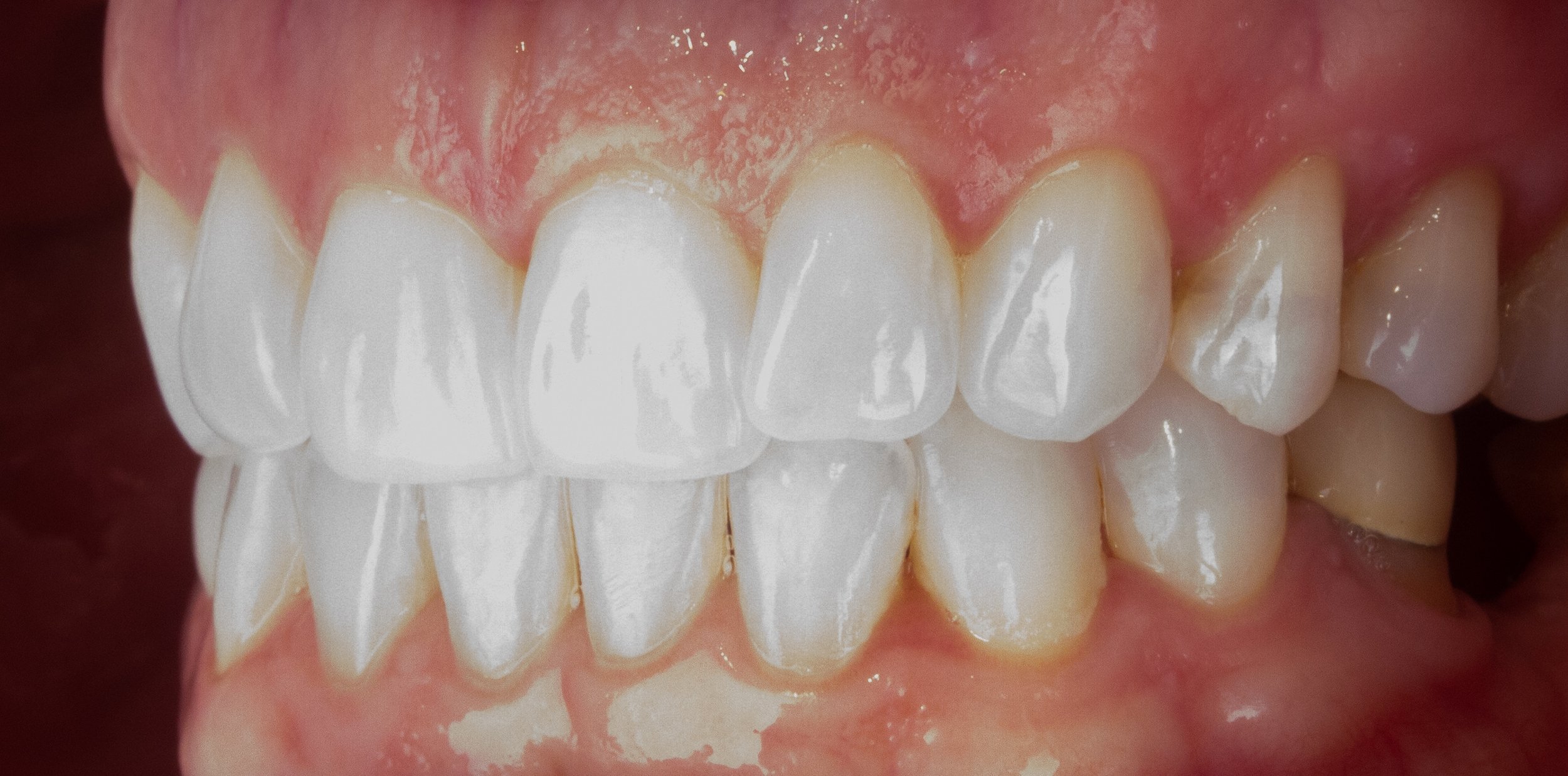White/Bright - Right!
The Science Behind Tooth Whitening
Everyone desires a bright, radiant smile, and tooth whitening has become an increasingly popular solution for achieving pearly whites. With an array of whitening products available in the market, it's essential to understand the science behind tooth whitening to make informed decisions about achieving a whiter, more confident smile. From the causes of tooth discolouration to the chemistry of whitening products, this blog explores the fascinating world of tooth whitening and provides insights into its risks, benefits, and post-whitening care routine. At Paste we offer a range of options and we always want to make it super bespoke, just for you!
Understanding Tooth Discolouration
Before delving into the intricacies of tooth whitening, it's crucial to understand why our teeth become discoloured in the first place. Tooth discolouration can occur due to various factors, including diet, lifestyle habits, and the natural ageing processes. Understanding these causes can help us appreciate the value of tooth whitening and how it can help restore our natural tooth shade.
Causes of Tooth Discolouration
Tooth discolouration can be attributed to a range of culprits, including our dietary choices and lifestyle habits. Regular consumption of deeply coloured beverages, such as red wine, coffee, and tea, can lead to tooth staining over time. Smoking and tobacco products are well-known contributors to tooth discolouration, with the nicotine and tar in cigarettes depositing stains on the teeth.
Additionally, poor dental hygiene practices, such as infrequent brushing and flossing, can allow stains to accumulate on the tooth surface. Some health conditions, medications, and treatments can also cause tooth discolouration, including certain antibiotics, antihistamines, and chemotherapy drugs. Finally, natural ageing processes can result in enamel thinning, revealing the darker layer of dentine beneath, leading to a duller tooth shade.
Understanding the causes of tooth discolouration empowers us to take proactive measures to maintain our dental health and seek appropriate whitening solutions to restore our teeth to their natural brightness.
Types of Tooth Discolouration
When it comes to types of tooth discolouration, there are a few key factors to consider. One concern is intrinsic staining, arising from within the tooth due to various reasons such as trauma or excessive fluoride. On the other hand, extrinsic staining, caused by external factors like food, drinks, and smoking, is another common issue. Furthermore, age-related discolouration, often stemming from enamel wear, is an important consideration. Dentists also face the challenge of addressing tougher intrinsic stains compared to extrinsic ones, which necessitates a thorough understanding of the types of tooth staining for effective whitening methods.
The Chemistry of Tooth Whitening
The active ingredient in tooth whitening products, such as hydrogen peroxide or carbamide peroxide, penetrates the enamel to break down tough stains into smaller particles. This bleaching process chemically alters the structure of the stains, resulting in a whiter smile. Understanding this chemistry is crucial for making informed decisions about cosmetic dentistry treatments. Professional monitoring during the whitening process is essential for ensuring effectiveness and minimizing potential risks. By staying informed about the chemistry of tooth bleaching, individuals can make the best choices for their dental care.
How Whitening Products Work
Whitening products form a stable complex with peroxide, releasing oxygen to break down stains. The peroxide gel reacts with tooth stains, leading to the oxidation of stain molecules. These solutions penetrate tooth enamel, effectively targeting surface stains. This bleaching process can whiten natural teeth, veneers, and dental restorations. Additionally, whitening gel in home kits offers a convenient solution for tooth whitening, making it more accessible to users.
Risks and Side Effects of Tooth Whitening
Common Side Effects of Whitening Treatments
Whitening treatments can lead to temporary tooth sensitivity in some individuals. Gum irritation is also a common side effect of certain tooth-whitening products. Additionally, mild tooth surface discolouration may occur after treatment. Some people might experience temporary irritation of dental restorations. These issues are usually only temporary and pass very quickly allowing you to have a trouble free whiter, brighter smile!
Preserving Your Whitened Teeth
Establishing a post-whitening care routine recommended by dental professionals is crucial in preserving the effects of professional whitening. Using fluoride toothpaste and avoiding stain-causing foods help maintain the whiteness of your teeth, especially after a tooth bleaching session. Making lifestyle changes, like quitting smoking, can also aid in preserving your best teeth. At Paste we will make a bespoke care plan and our hygiene team are on hand always to give tips and tricks to maintain that beautiful white new smile!
Is Tooth Whitening a Safe Option for Everyone?
Tooth whitening is generally safe, but its suitability depends on individual dental conditions. A professional evaluation can determine if it's a safe option. Factors like tooth sensitivity, restorations, and health conditions impact safety. Dentists assess risks and benefits for personalised care.
Conclusion
Tooth whitening is a popular cosmetic dental procedure that can help you achieve a brighter and more confident smile. Understanding the science behind tooth whitening is crucial to making informed decisions about your oral health. Contact us at Paste and start your whitening journey today!

